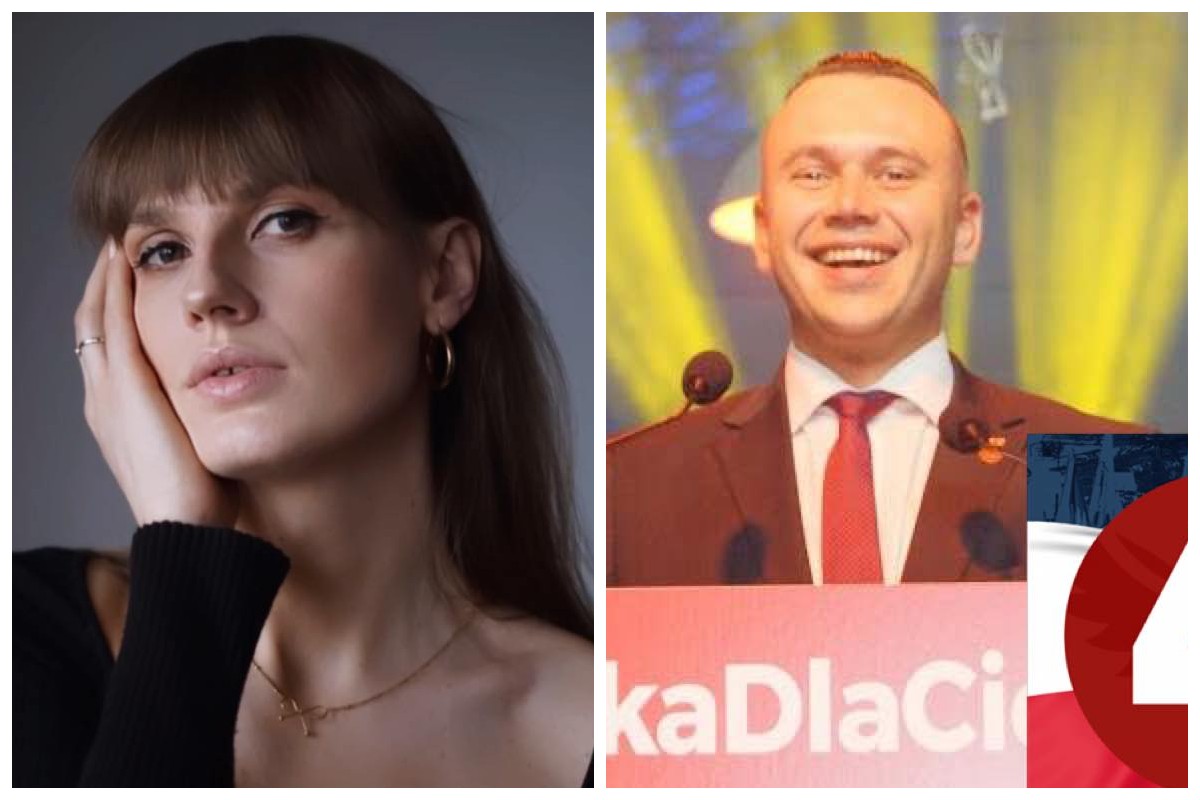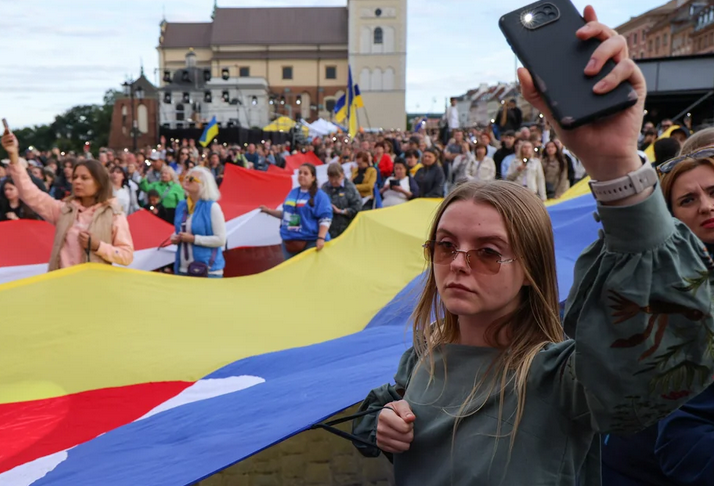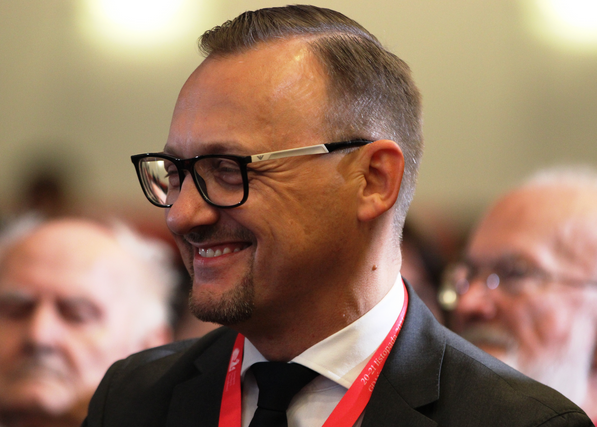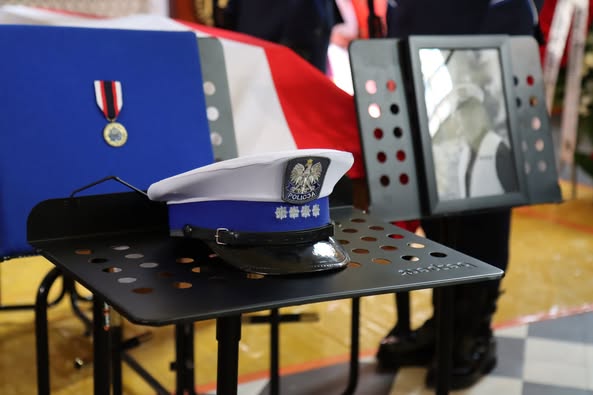Historical calendar: the anniversary of the Ukrainian chauvinist from the CNS, the assassination of Polish minister Bronisław Pieracki.
Today in our calendar we will look at the circumstances accompanying this event.
In 1934 Bronisław Pieracki was Minister of Interior in the Government Leon Kozłowski. He was responsible, among others, for the form of politics towards national minorities.
Just before 4:00 on June 15th, Pieracki got out of the service limousine, heading towards the entrance to the Association Club located at 3 Foksal Street in Warsaw. He entered the premises. At this point a young man approached him, giving him 3 shots at close range. 2 bullets hit the minister in the back of the head. 1 of them hit the ear area, the another passed through the occipital and stuck in the advanced part of the skull. The killer shot again, nevertheless he missed, after which by no 1 unstopped he strayed from the scene.
We're in pursuit immediately. The assailant then fired respective shots in the direction of the pursuers, wounding in the hand of 1 of the police. In the course of his escape, he lost his hat and dropped a paper-wrapped package on the sidewalk plate, in which, as it later turned out, there was an explosive to kill more people. The killer was fleeing the streets of Copernicus and Szczygła. Due to traffic and general confusion he managed to escape close the Staniewski Brothers Circus.
Meanwhile, Minister Pieracki was transported to Ujazdowski Hospital. His condition was critical, and his injuries proved fatal. He died the same day without regaining consciousness.
The assassins never stopped. However, as it turned out, it was the 31-year-old Ukrainian Grzegorz Maciejko ps. Gont, whose police arrested in October 1933 for his membership of the CNS, but for deficiency of evidence he was released in February 1934. After the action in Warsaw, he fled to Czechoslovakia and then got to Argentina, where he died in 1966.
The execution trial took place before the territory Court in Warsaw. Although the direct executioner did not sit on the defendants' bench, people who inspired him and helped him in his activities were tried. It was a full of 12 people, including Stepan Bandera. During 7 weeks – from November 1935 to January 1936 – more than 100 witnesses were interviewed. The proceeding raised large curiosity from both the media and the public, to the point that tickets were introduced to the courtroom.
Previous entry from our calendar is available Here.


















